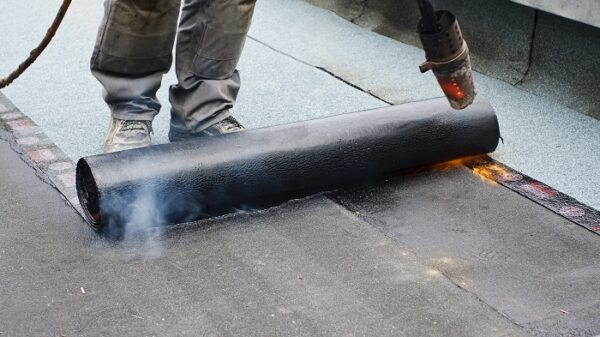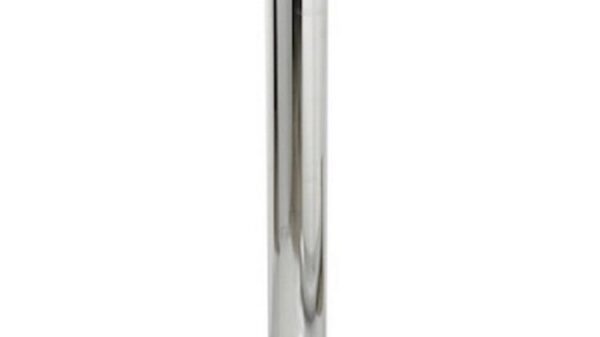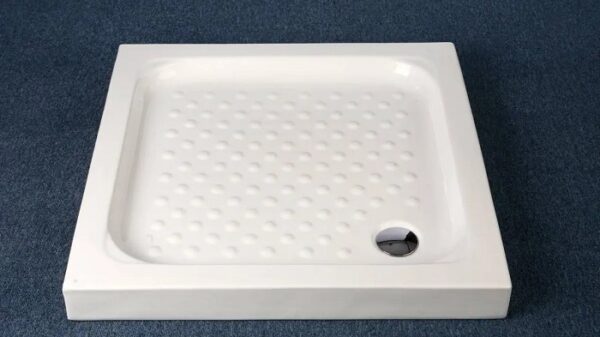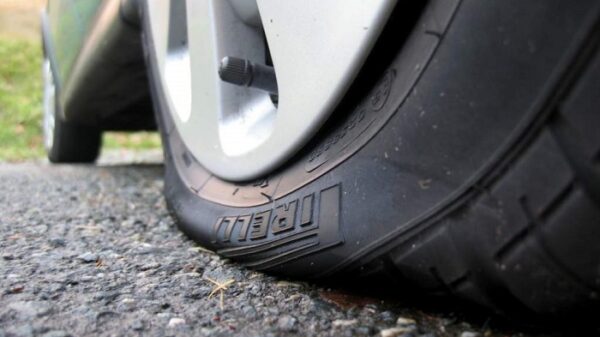Few of us are pleased with the sight of a trash can. And the removal of garbage does not cause much delight. But you can protect yourself from negative emotions if you purchase a food waste grinder – a disposer. This device, installed under the sink, connects the drain to the sewer system. It is suitable for almost any sink, and if earlier the diameter of the sink drain had to be at least 90 mm, then 50 mm is enough for modern dispensers (for example, the Evolution 100 model) . If necessary, the drain can be increased to the desired size, but the only condition is that the sink must be made of stainless steel. The number of washing sections does not matter. Due to its compactness, there is still enough free space under the worktop when installing the device. Grinders are of two types – electrical and mechanical, but they have the same principle of operation: getting into the chamber, the waste is crushed and washed down the drain. Particle sizes less than 3 mm, therefore clogging is excluded.
Mechanical disposers, also called hydraulic drive, are launched using water. Waste is cut into small particles by several steel blades. But when installing the device, it must be taken into account that water pressure should reach 2.5-6 atmospheres (5 kg/cm3). When pressure is less than 2.8 atmospheres, the device will not work effectively. In houses with its own water supply system, it will be advisable to install an additional water pressure regulator. Hydromid chopper at a water pressure of 2.7-4.1 bar can provide a torque force of more than 1 liter.With. Copes with the bones of avocados, chicken bones, walnut shells, potato cleaning, banana skins and even with pieces of broken dishes. To put such a disposer, just open a water crane with water. Mechanical models are good because they do not consume electricity and practically do not emit noise. The only negative – if the family has children, then it is better to choose an electric model.
Electric disposers[1] (Disposall, Frigidaire FD 10000, In Sink Erator ISE) operate from an ordinary outlet and grinding is carried out by grinding the waste with moving crushing pistons or by rubbing against the ribbed walls of the grinder. The electric dispenser will cope with the peel of vegetables and fruits, nut shells, watermelon peels, chicken bones, fish, paper napkins, cigarette butts. But polyethylene, fish scales, onion peel, corn cobs, large bones, fabric, etc. fail to grind. The device will work protection and it will stop. The same thing will happen if you hit the cutlery grinder. By the way, many models have an emergency stop button, after pressing which the device will turn off and you can manually remove the stuck object. They are extremely simple to operate: after turning on the cold water, it is enough to press the button once. After shredding the waste, the disposer is also switched off by pressing the button. Experts have calculated that a little more than three liters of water per day per person is additionally consumed when using the chopper, and the electricity consumption per month is the same as burning a 100-watt light bulb for an hour.
Today on sale there are dispensers with continuous or batch loading. Devices with continuous loading are more common and rely on the fact that the grinder is turned on first, and then waste is loaded into it. In the second case, the waste first enters the processing chamber and then only the disposer is turned on. Such devices are safe, because there are no sharp blades inside. The button of the device is designed so that it can be turned on even with wet hands. The maximum noise when grinding more solid waste is only 50-70 dB (for comparison, the noise when the washing machine is operating in the spin mode can reach 80 dB).
By installing a food waste disposer, you can forget about the unpleasant smell and the need to take out the trash every day. After all, it is not for nothing that an increasing number of housewives
among the necessary kitchen equipment considers a dispenser[2].






